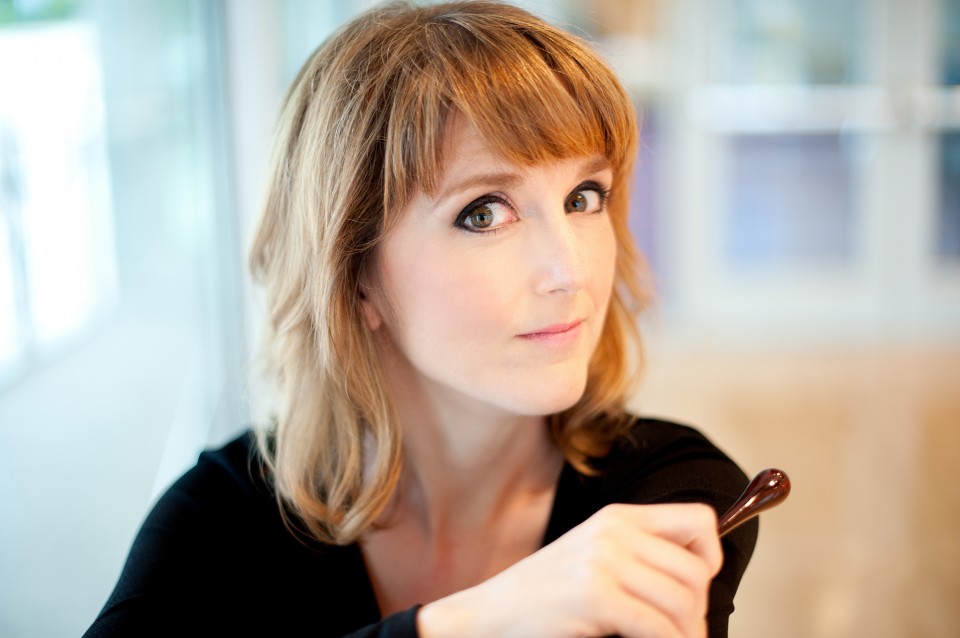Thoughts About CHAPLIN'S TRAMP
On Friday, 24 July at the Wintergreen Summer Music Festival in Wintergreen Virginia, festival artistic director Erin Freeman will lead a chamber orchestra comprised of clarinet, string quintet, and piano in my new score to Charlie Chaplin's film masterpiece The Tramp as part of a special centenniary screening of the film.
Released in April 1915, Charlie Chaplin’s short form masterpiece The Tramp showcased Chaplin’s skills as a writer, actor, and director. Sent to wardrobe by Mack Sennett to quickly devise a costume for himself, Chaplin wrote, “I went and got a pair of baggy pants, a tight coat, a small derby hat and a large pair of shoes. I wanted the clothes to be a mass of contradictions, knowing pictorially the figure would be vividly outlined on the screen. To add a comic touch, I wore a small mustache, which would not hide my expression…. He wears an air of romantic hunger, forever seeking romance, but his feet won't let him.”
The character conveyed Chaplin's trenchant social commentary: while critical of the faults and excesses created by the capitalist system, the Tramp also clearly believed in the “American Dream”. His is, according to one commentator, “a portrayal consistent with popular leftist stereotypes of wealthy capitalists and oppressed workers in the 1930s.” Despite all, the Tramp embodies a peculiarly American middle class optimism, the conviction that he’s not poor, just temporarily short of funds.
Jerome Kern's classic "I'm Old Fashioned," featuring Hayworth and Astaire.
Excerpt of NYCB's ballet, "I'm Old Fashioned" featuring Jock Soto and Heather Watts.
I am, of course, a fan of great film music – particularly of technically fluent masters such as Steiner, Korngold, Williams, North, and Horner, among others. Years ago, I heard Morton Gould's touching ballet score I'm Old Fashioned at City Ballet. (Jerome Robbins' choreography and concept, Gould's evocative variations on one of my very favorite songs, Jerome Kern's magnificent ballad.) In one of those grace-filled moments that seduced me into becoming an opera composer, I burst into tears of joy at the moment when all the dancers onstage suddenly swept into unison with the film of Fred Astaire and Rita Hayworth that fired up on the scrim in the background. Through the magic of theater, at that moment not only all the dancers onstage but everyone in the audience got to BE either Fred or Rita. I've also enjoyed very much Philip Glass' music for silent movies – particularly his score to Jean Cocteau’s La Belle et la Bête.
I'm increasingly integrating pre-shot visuals and pre-recorded electro-acoustic and musique concrete into my opera and theatrical projects, too. Spending more time serving as director for those projects as well as composer has made me hungry for opportunities like this one, which I call Chaplin's Tramp, where I can do more with the music than a traditional film score would do. Freed of having a music editor or anyone else calling the shots, I can make the music an equal player on an aesthetic level. In fact, I can make the music itself the POV (point of view) for the audience instead of the visuals!
"Chaplin's Tramp," in a midi-mockup with film.
In other words, my way in to this project was to set for myself the technical challenge of creating a concerto that could be performed without the film being shown and remain viable as a concert work. Its formal elements derive from the structure of Chaplin's screenplay, of course; but the postmodern narrative the music conveys also has its own rhyme and reason.
That postmodern narrative is as follows: the piano (or, in live performance, the pianist her or himself) is Chaplin (who was, after all, a gifted tunesmith) as an old man, sitting alone in a screening room, watching a print of his film for the first time in many years. The audience watches the film with Charlie, and listens to Chaplin’s feelings, memories, and commentary unfold as, together, they watch the film. In a way, for a few minutes, we all get to become the Tramp.
When performed as a concert film without visuals, the only musical changes are a few simplifications of the seams between sections, so that the concerto can be more easily conducted from the keyboard, if it pleases the soloist to do so. In fact, following the intimate performance at the Wintergreen Summer Music Festival, conducted by music director Erin Freeman, the concerto is destined for premiere by pianist / conductor named Scott Dunn. I look forward sometime in the future to witnessing the piece with Scott playing, someone else conducting a big orchestra, and the film showing, and all the other possible ways it can be done: with Scott conducting from the keyboard and no film; with film and Scott, and on and on.
